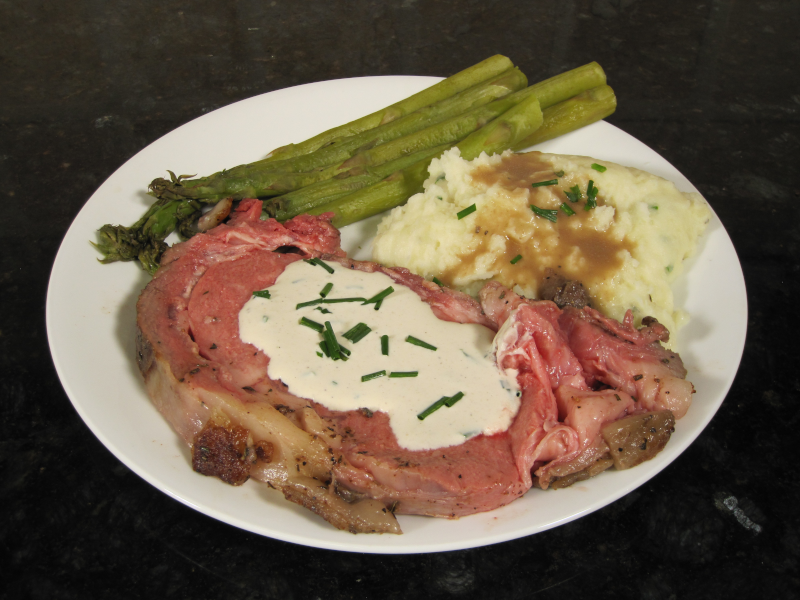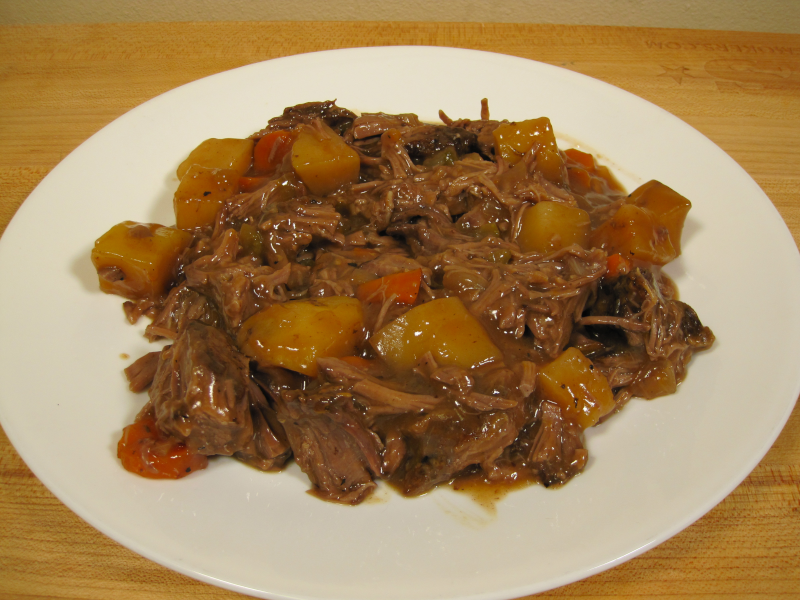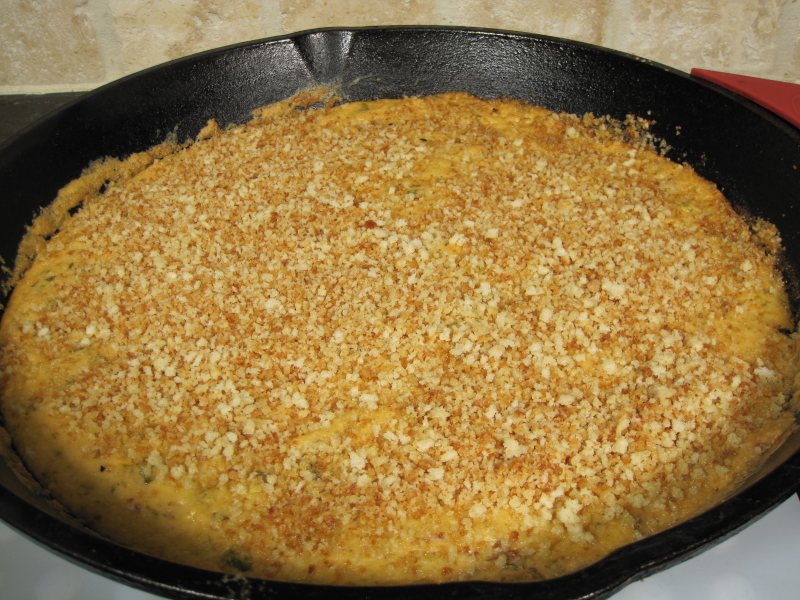Sous Vide Boneless Rib Roast

This two-day sous vide method delivers a perfectly edge-to-edge cooked prime rib with a crisp, browned exterior — all with zero guesswork. The roast cooks low and slow in a precisely controlled water bath on Day 1, then chills overnight. On Day 2, a high-heat oven sear creates that deep brown crust without overcooking the center.
It’s ideal for holiday meals, weekend gatherings, or anytime you want prime rib perfection without the stress of traditional roasting. The seasoning is simple, the workflow is forgiving, and the results stay incredibly consistent. Once sliced, the roast reveals its rosy interior from edge to edge with tender texture throughout.
If you want a perfectly timed, make-ahead rib roast that always hits rare to medium-rare without babysitting the oven, this is the method.
Man That’s Cooking
Ingredients
- 1 boneless prime rib roast (approx. 5 lb 11 oz)
- 2–3 tbsp kosher salt
- 1–2 tbsp 16-mesh black pepper
- 1 tbsp garlic powder
- 1 tbsp onion powder
- 1–2 tsp optional dry seasonings (paprika, dried thyme, rosemary)
- 2–3 sprigs fresh rosemary (for sous vide bag)
- 4 tbsp unsalted butter, softened
- 1–2 sprigs fresh rosemary, finely minced (for butter blend)
- Ice (for ice bath)
Directions
Day 1: Trim the roast by removing any excess hard fat or silverskin, leaving a 1/4–1/2 inch fat cap.
Score the fat cap in a shallow crosshatch pattern if desired, being careful not to cut into the meat.
Mix kosher salt, black pepper, garlic powder, onion powder, and optional seasonings. Pat the roast dry and generously season all sides.
Place the roast into a vacuum bag with the rosemary sprigs and seal tightly.
Set the sous vide cooker to 131°F (55°C). Submerge the roast completely and cook for 8–12 hours.
Prepare a large ice bath (50/50 ice and water). When the sous vide is finished, plunge the sealed roast into the ice bath for 30–60 minutes to chill.
Keep the roast sealed and refrigerate overnight.
Day 2: Remove the roast from the fridge 1.5–2 hours before searing. Open the bag, discard rosemary, save juices for gravy, and pat the roast very dry.
Mix softened butter with minced rosemary. Preheat the oven to 450–500°F (230–260°C).
Spread the butter mixture evenly over the roast, including the fat cap.
Place the roast on a rack over a baking sheet and sear in the oven for 15–25 minutes, rotating if needed, until browned and crisp.
Rest the roast loosely tented with foil for 10–15 minutes.
Slice against the grain and serve immediately.
Gravy: Melt 2–4 tbsp butter in a saucepan. Whisk in equal flour to form a roux and cook 1–5 minutes.
Add strained sous vide bag juices while whisking. Add 1–2 cups beef broth or water and simmer 5–10 minutes until thickened. Season to taste.
Watch How To Make This Recipe
How far ahead can I sous vide a rib roast and refrigerate it?
You can refrigerate the fully sous-vided, ice-shocked roast for up to 3 days. Quality starts slipping after that, so freeze it instead if you need more time.
Can I sous vide the roast and freeze it for later?
Yes. After chilling, keep the roast sealed and freeze for 2–3 months. Thaw overnight or rewarm in a 131°F bath for 1–2 hours before searing.
Will the fat fully render when cooked sous vide?
No. Sous vide can’t reach the temperatures required for full fat rendering. The oven sear helps, but it won’t match a low-and-slow oven roast.
What doneness does 131°F achieve?
131°F produces a rare-to-medium-rare roast with even pink color edge-to-edge. For slightly less red, use 133–134°F.
Can I cook the roast longer than 12 hours?
It’s safe, but not ideal. Past 12 hours the texture softens too much, approaching deli-style softness. 8–12 hours is the sweet spot.
Is it safe to let the roast sit out before searing?
Yes. Letting it sit 1.5–2 hours improves browning. Don’t exceed 2.5 hours at room temperature.
How do I avoid a cold center after the oven sear?
A cold center can happen with sous vide + cold sear. To avoid it, either let it temper a bit longer or warm the roast at 250°F for 15–20 minutes before searing.








